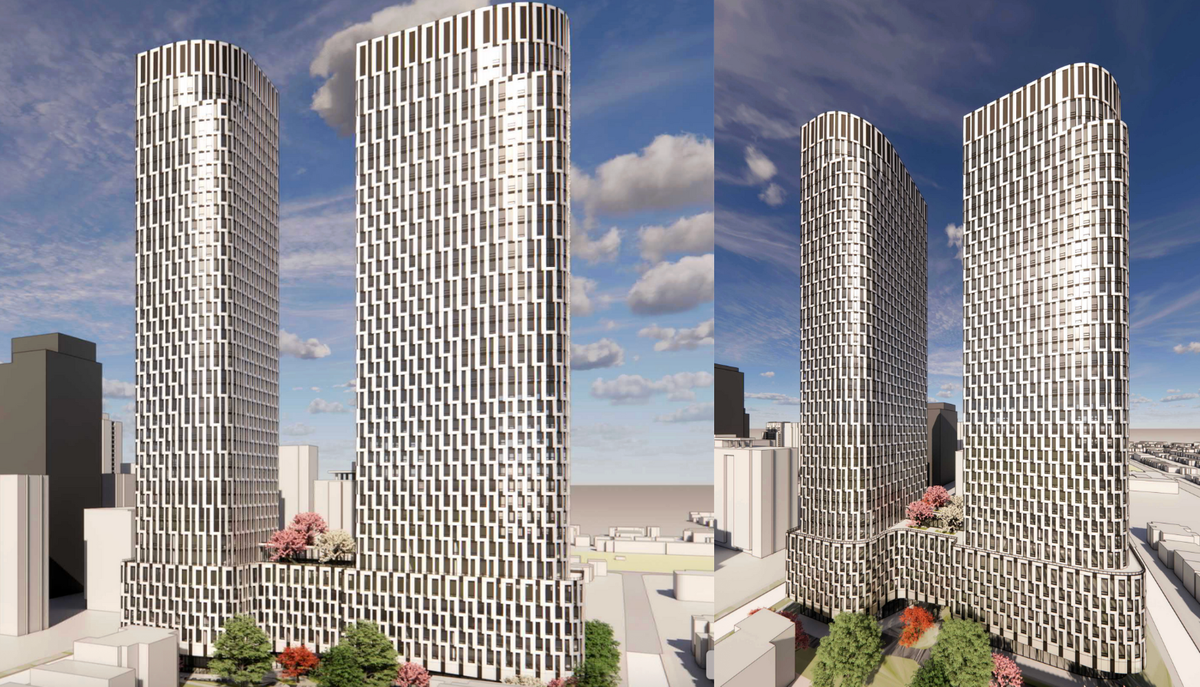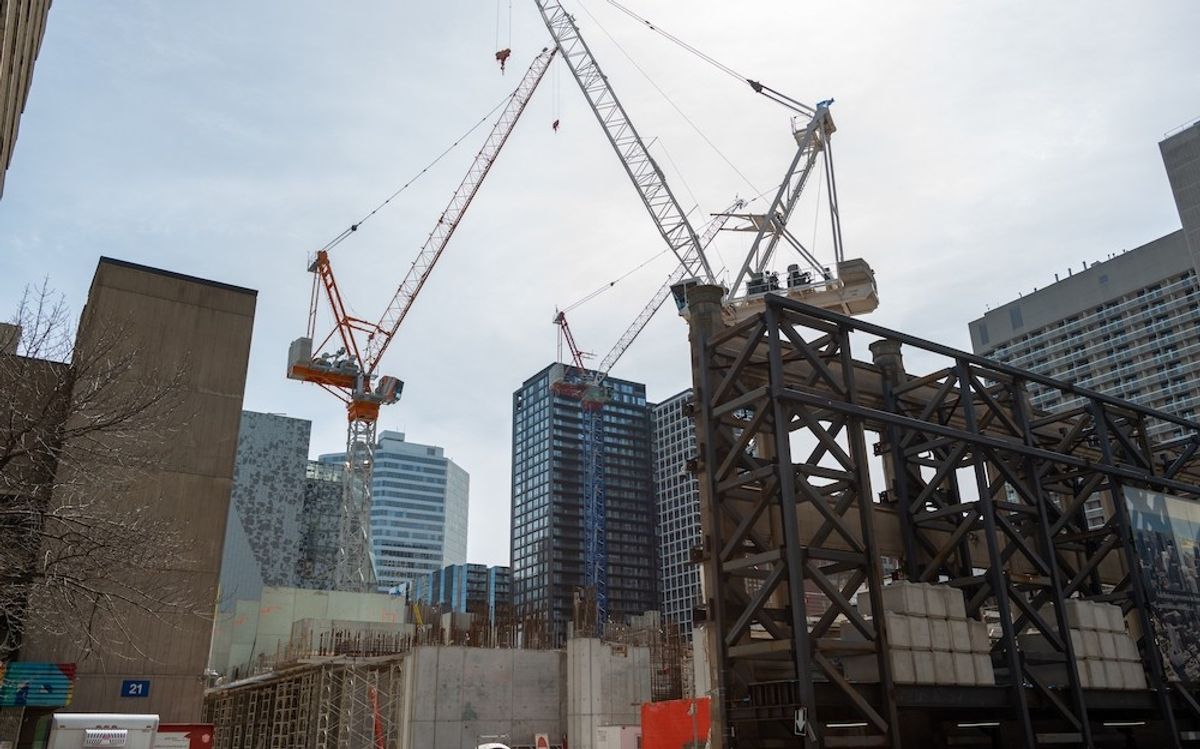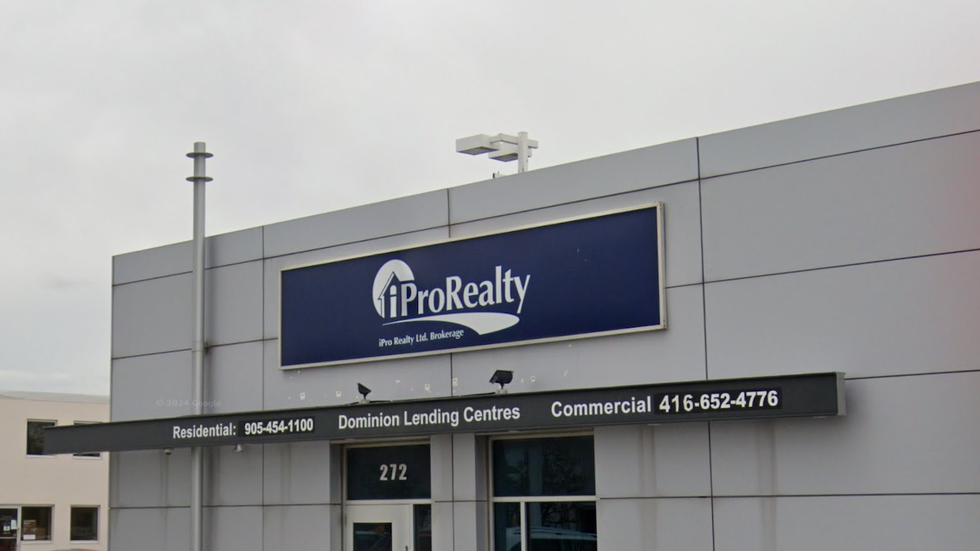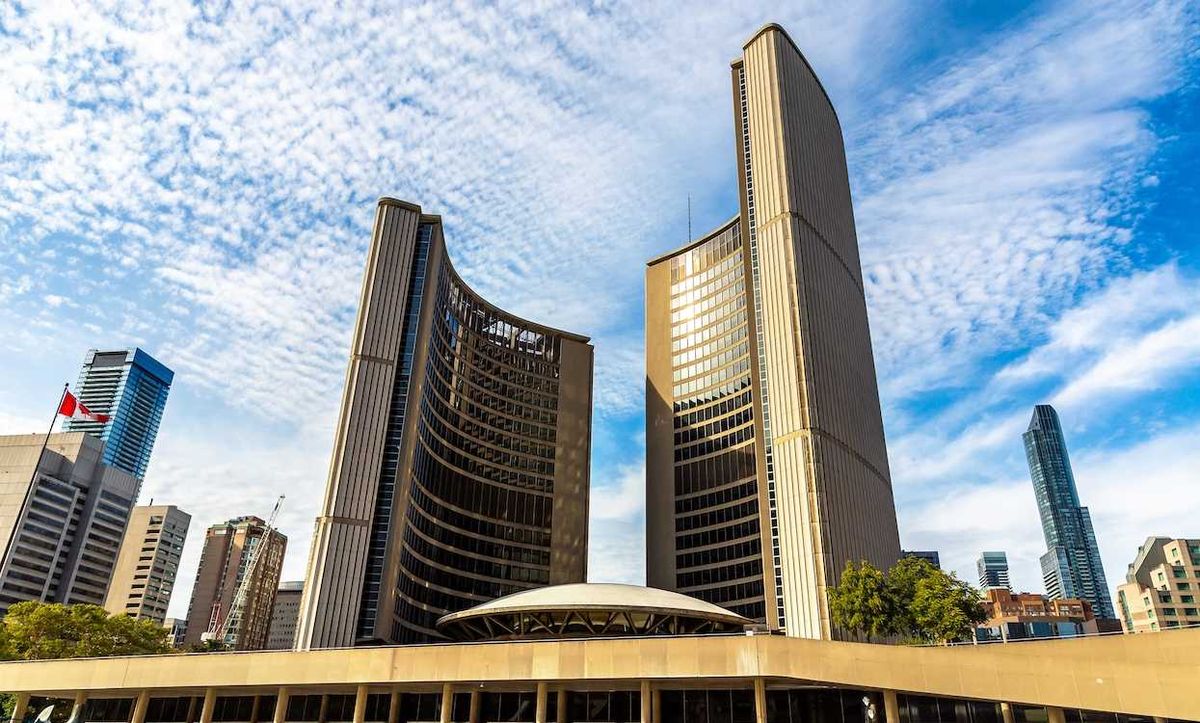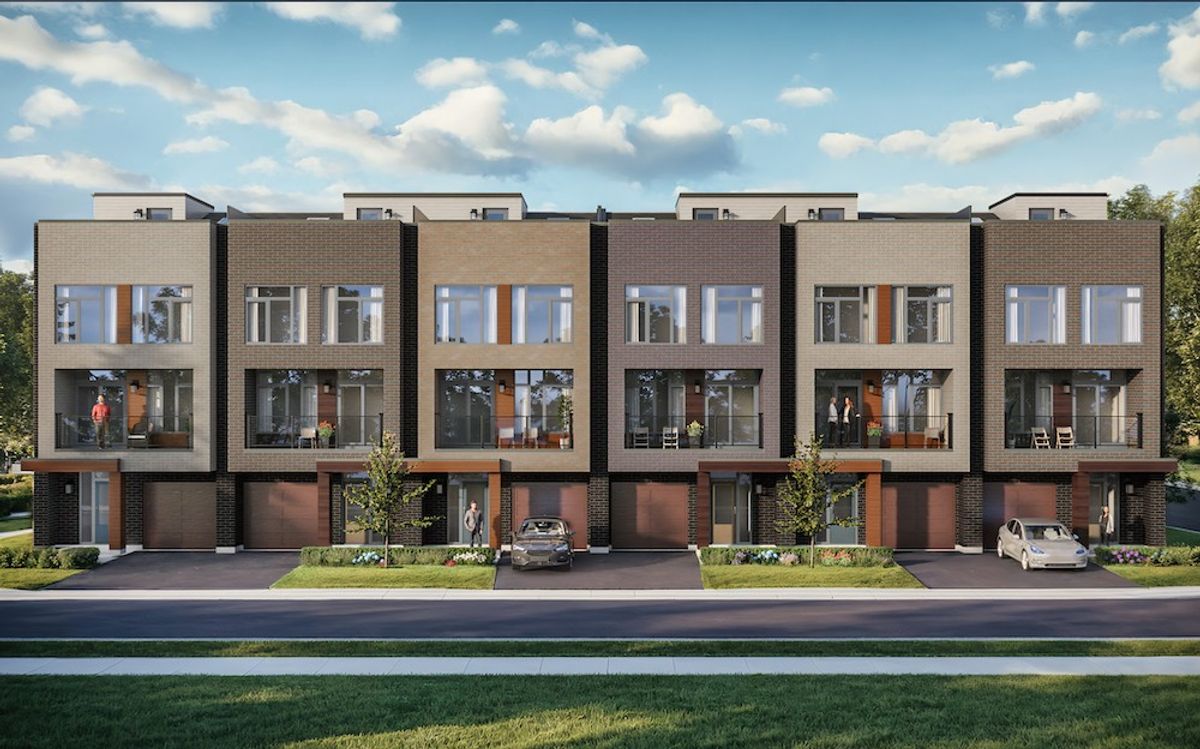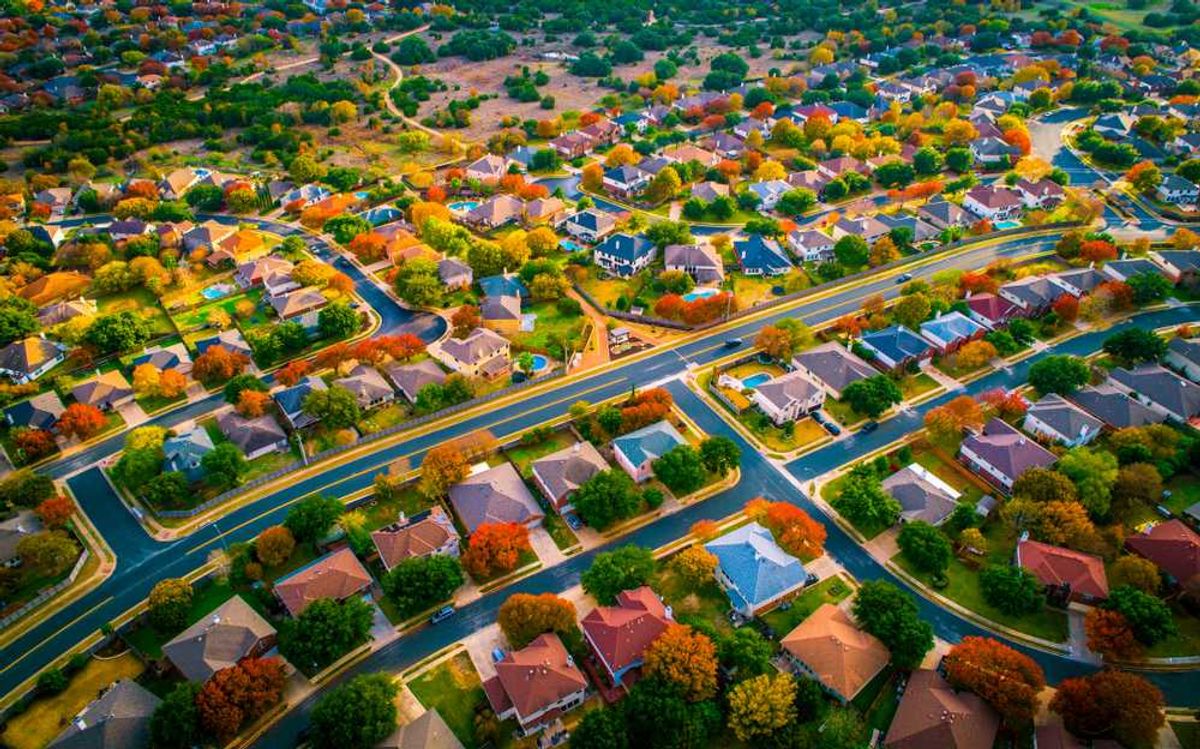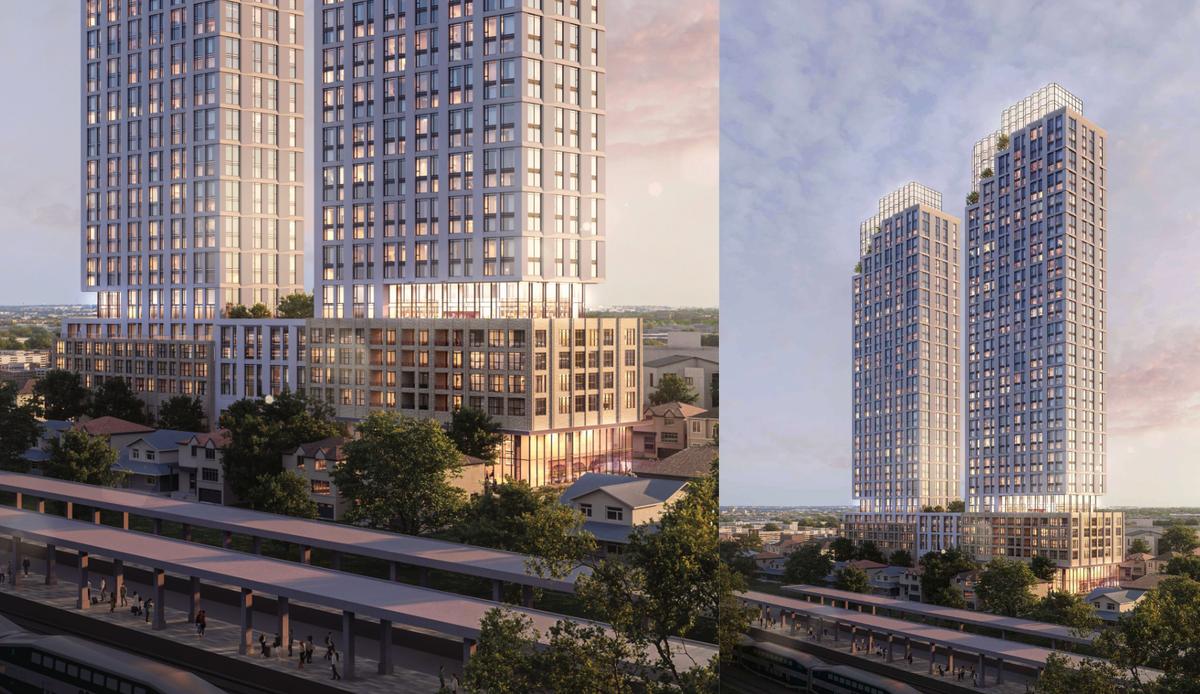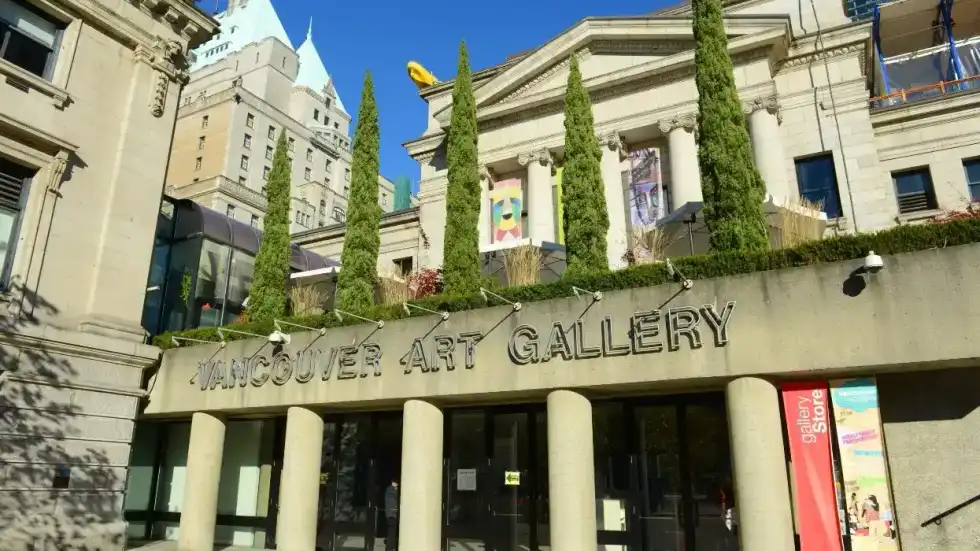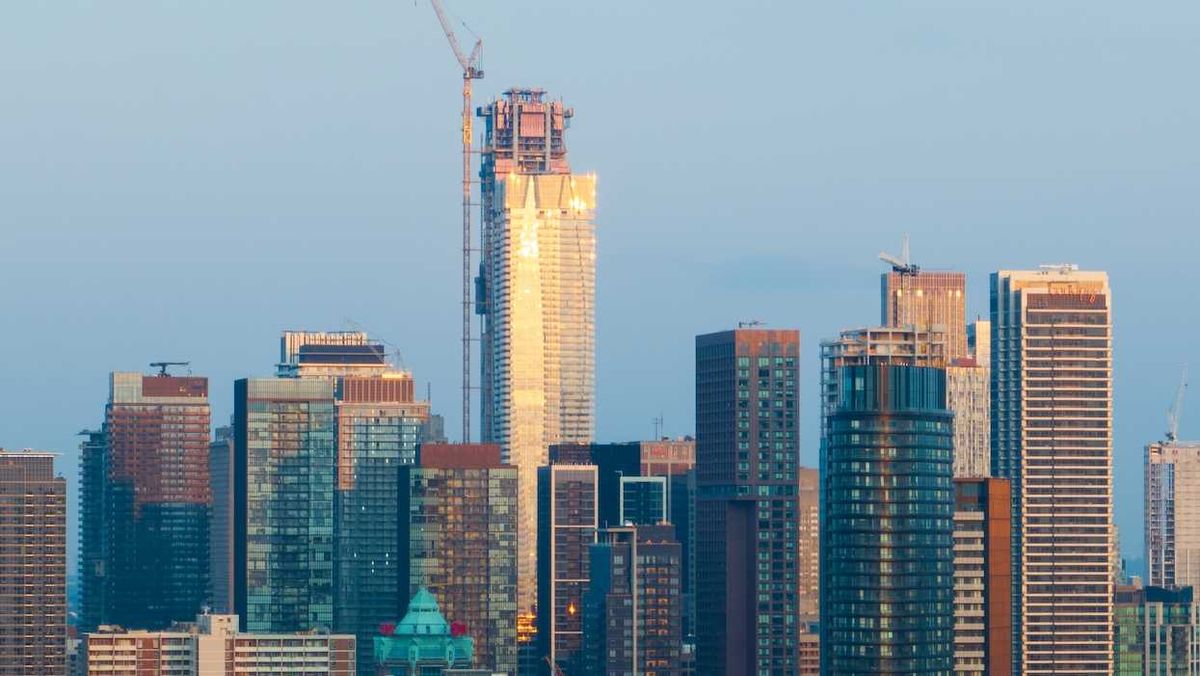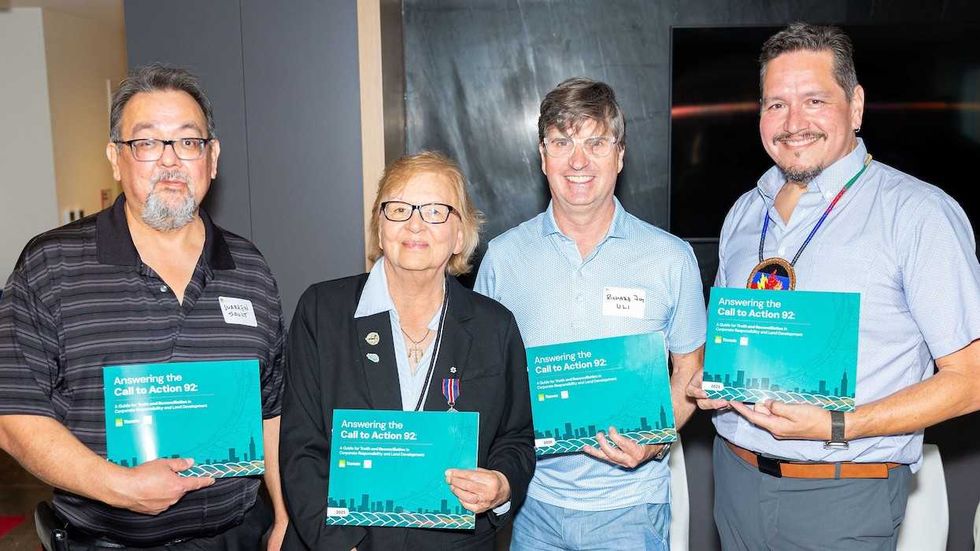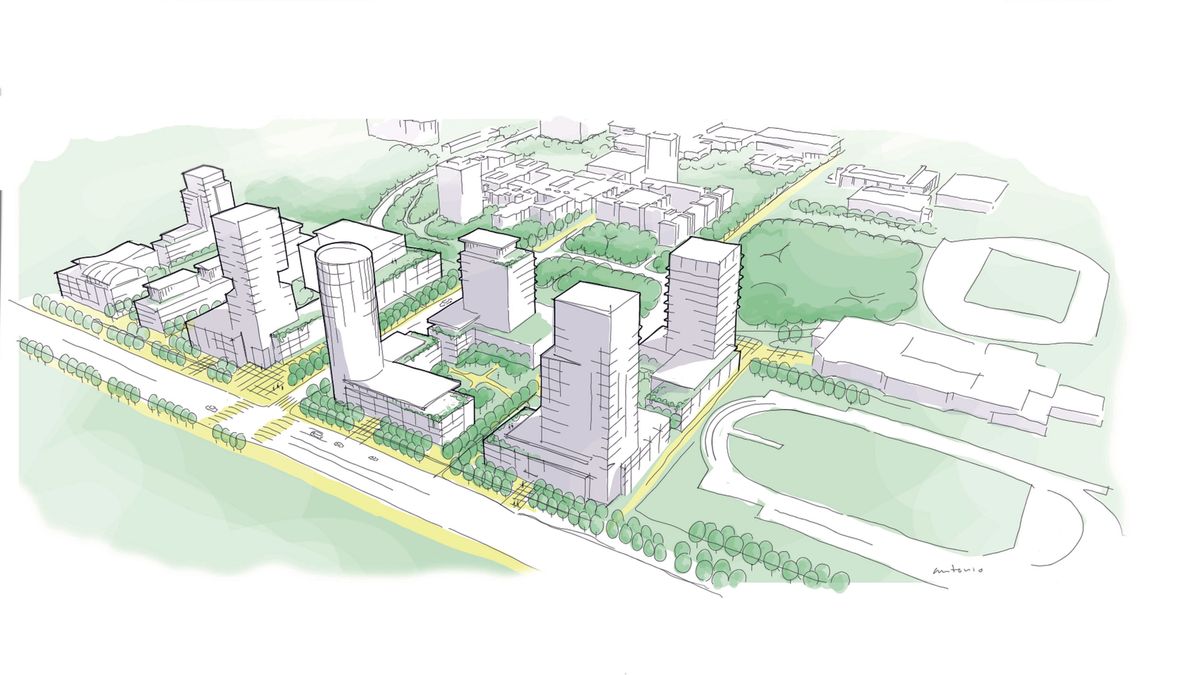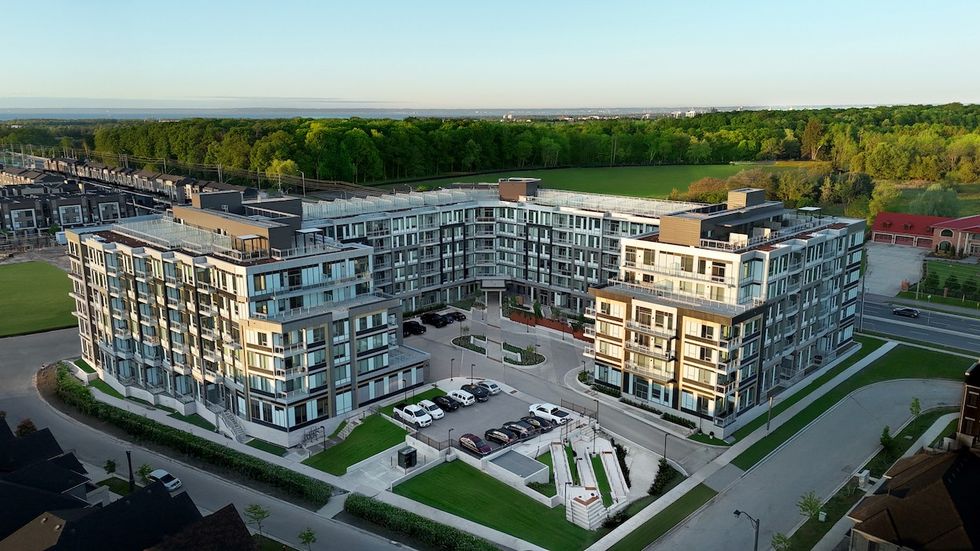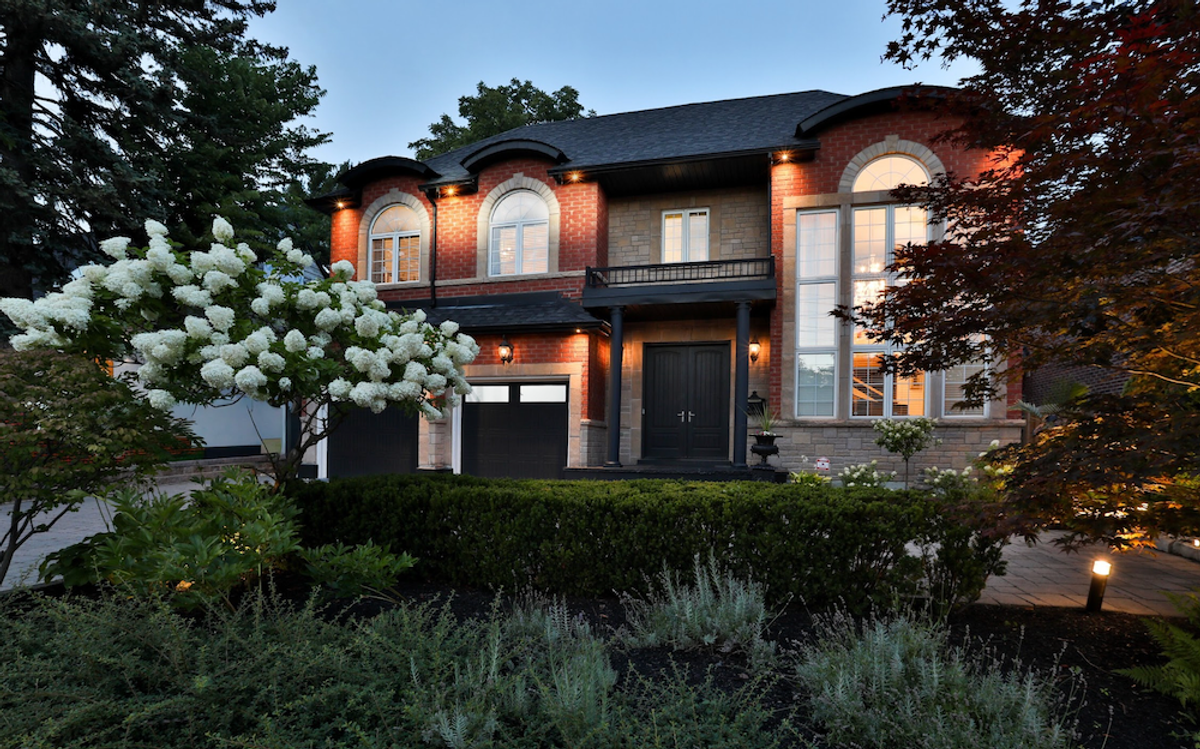Even as national home prices reached record highs in the past year and showed no signs of reversing course, Canadians are still determined as ever to purchase a home.
While some are fortunate enough to save on their own, others require assistance from the bank of mom and dad. However, those still falling short of securing enough for a downpayment and covering their monthly mortgage payments can use other incentives to help enter the housing market, including the federal government's First-Time Home Buyer Incentive.
Launched in September 2019, the three-year, $1.25-billion First-Time Home Buyer program from the Canada Mortgage and Housing Corporation (CMHC) allows eligible buyers to receive an interest-free loan from the federal government for as much as 10% of a home’s purchase price, reducing the size of the mortgage and the monthly payments. The government takes an equivalent stake in the home, paid back upon the home’s eventual sale or within 25 years.
However, since the incentive launched just under two years ago, it has helped far fewer Canadians than the program is supposed to, according to figures tabled in Parliament last week.
READ: Everything You Need to Know About the First-Time Home Buyer Incentive
When the program was first introduced, the federal government said the incentive would help as many as 100,000 families. However, as of March 31 -- halfway through the program’s lifespan -- just $178 million in loans had been distributed to 9,804 buyers, according to iPolitics.
The most successful applications were for mortgages valued between $150,000 and $350,000 -- grossly below the average selling price in Canada’s biggest cities.
Under the most recent tabled data, the incentive was primarily used in Quebec, where 3,800 loans were doled out. Alberta came in second, with just over 2,800 successful applicants.
Given price limits, the incentive was barely an option in Canada's most expensive markets. In British Columbia and Ontario -- the country's two hottest housing markets -- each has had just 342 and 770 successful applications, respectively.
The recent data shows how limiting the program has been in cities in BC and Ontario. Just five homebuyers have qualified for the program in Victoria, nine in Vancouver, and 39 in Toronto. However, the program has shown to be most popular in Edmonton (1,288 successful applicants), Calgary (636), Winnipeg (446), Quebec City (419), Montreal (274), Halifax (259), and Saskatoon (200), according to iPolitics.
Until recently, all applicants were limited by a qualifying annual household income of $120,000 or less and could borrow a maximum of four times their income from a mortgage lender. However, as part of the program's recent expansion to boost applications in major cities with high housing prices, as of May 3, buyers in Toronto, Vancouver, and Victoria CMAs are eligible for an increased qualifying annual income of $150,000 and an increased total borrowing amount of 4.5 times their qualifying income.
In May, the average price for a home in the Greater Vancouver Area was $1,172,800 and $810,400 in Victoria, representing a year-over-year increase of 14% and 14.2%, respectively. In the Greater Toronto Area, the average price reached $1,045,800 across all home types, an 18.8% year-over-year increase, according to the Canadian Real Estate Association (CREA).
CREA is also estimating that the national average home price will rise 19.3% to just over $677,775 in 2021 -- up from its initial forecast of a 17% increase -- with average prices in BC and ON expected to reach $883,781 and $859,533, respectively.
Perhaps, the only way to truly help first-time home buyers buy a home is for the government to introduce measures that will actually help limit home prices from rising to unattainable heights, instead of hindering buyers further.

